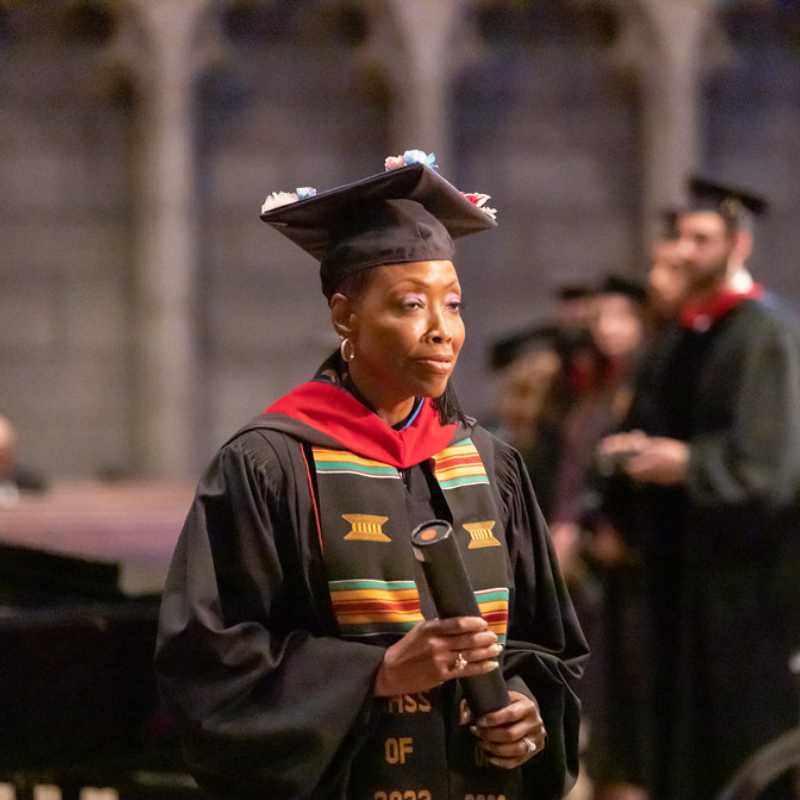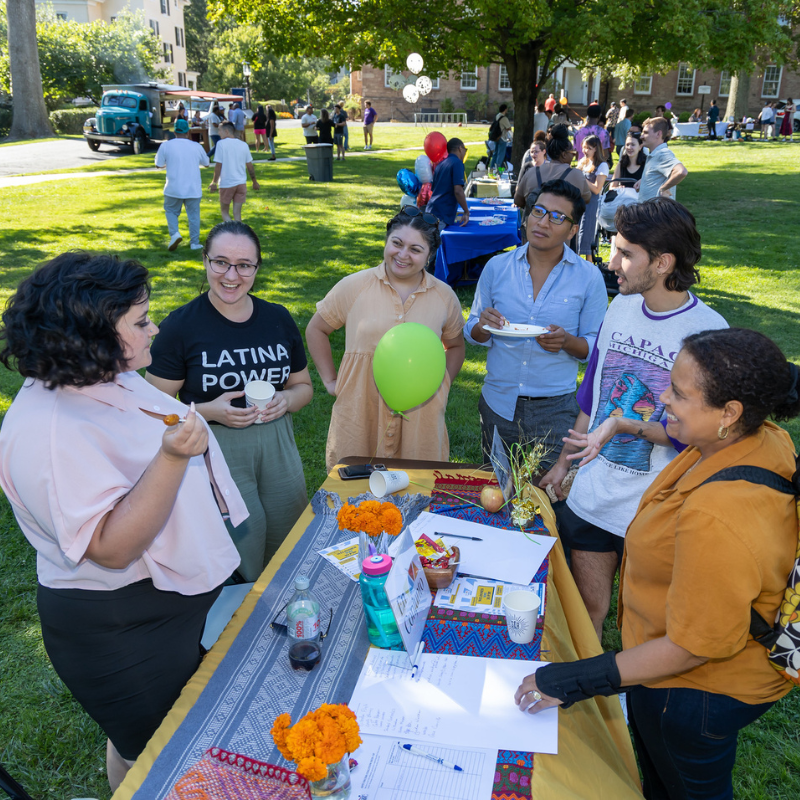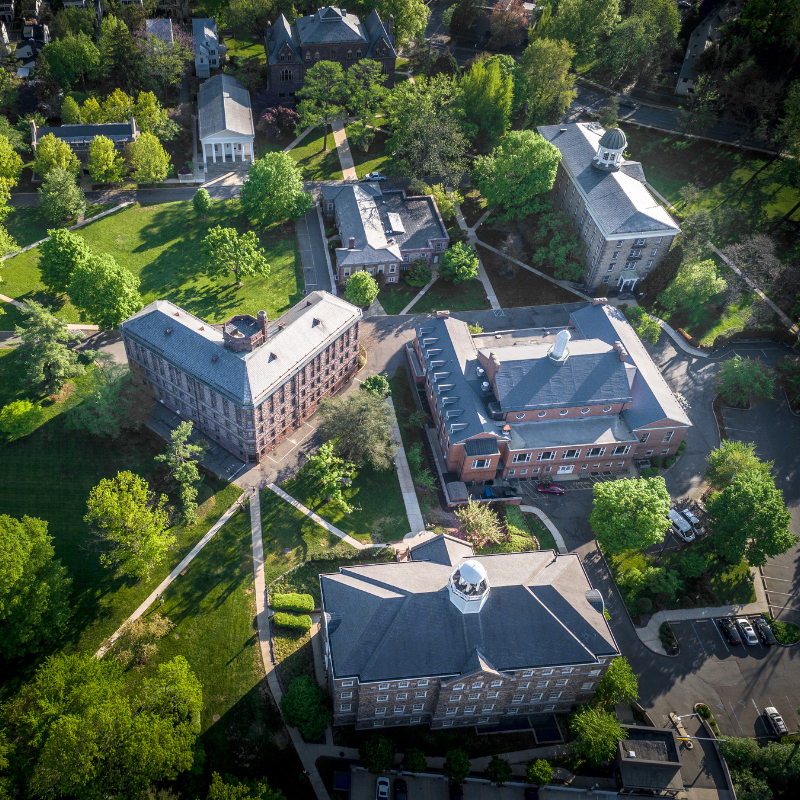A Biographical Reflection of Theodore Sedgwick Wright
October 14, 2021 | Alumni, Betsey Stockton Center for Black Church Studies, Featured, Library, Public, Releases & Statements, Slavery Report
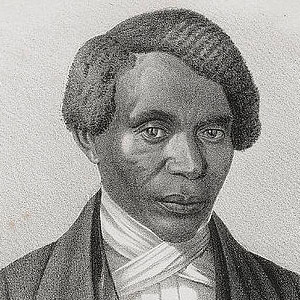
This speech was presented at the Wright Library dedication service on October 13, 2021 at 6 p.m.
Theodore Sedgwick Wright, class of 1828, was a giant. He was a well-known abolitionist, preacher, and pastor, who was part of a group of leading abolitionists of his day that included people such as Frederick Douglass, Daniel Payne, Samuel Eli Cornish, and David Walker. Frederick Douglass called Wright one of the most intellectual and moral men in the country, and Daniel Payne, the renowned Bishop of the African Methodist Episcopal church, said of Wright that he was “beloved by everybody who knew him on account of his generous nature and catholic spirit.” 1 As a participant in the Underground Railroad, as one of the founders of the American Anti-Slavery Society, as an agent of America’s first black newspaper, Freedom’s Journal, and as chair of the New York Vigilance Committee, Wright dedicated his life to the abolition of slavery and to the dismantling of the prejudice that undergirded it.
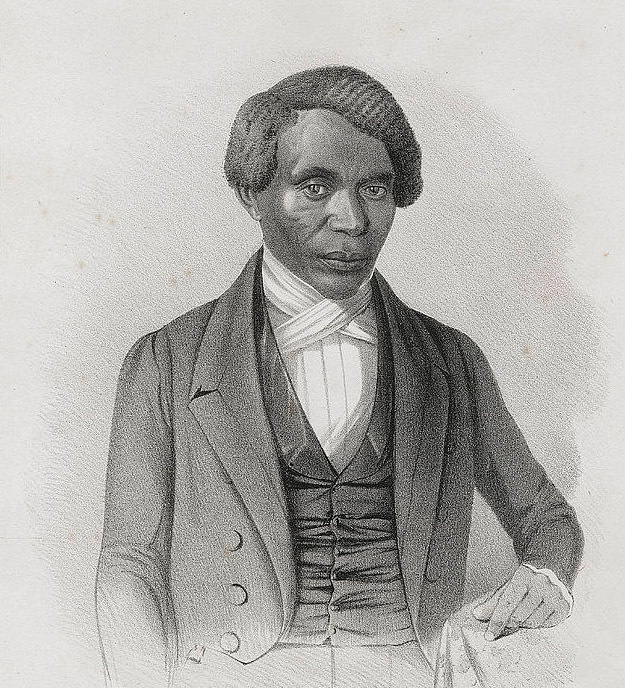
Theodore Sedgwick Wright, class of 1828.
In 1836, during one of his visits back to the seminary after his graduation, Wright was verbally and physically assaulted in the chapel by a white man, who believed that because of his race, Wright did not belong here and he had no business being on the grounds of Princeton Seminary. After using a racist term, the man yelled to Wright, “What do you do here? What do you do here? Don’t let me see you here again.” This event affected Wright deeply, causing him to send a letter about the incident to his former professor here at the seminary, Archibald Alexander. In his letter to Alexander, Wright declares that the man, in attempting to degrade him, actually degraded himself. 4 Despite the horrific nature of the event, Wright remarkably states in the letter to Alexander that he still carried “feelings of profound respect and affection” for Princeton Seminary, his “alma mater” and that he felt “when at Princeton [he was] in the midst of fathers and brethren, in the holy and responsible work to which we are devoted.” 5 Such language gives us a glimpse into the “generous and catholic spirit” that Bishop Daniel Payne attributes to Wright. Although the man’s statements in the chapel to Wright, “What do you do here?” were expressed many years ago, the sentiments of these words have been repeated in various ways throughout the years to subsequent students of color at Princeton Seminary.
Thanks to the tireless work of the Association of Black Seminarians members through the years, present and past, Black faculty present and past, Black alumni, the Princeton Seminary Slavery Audit Task Force, the Board of Trustees, the administration, and so many others who worked tirelessly, Wright is receiving the recognition that he justly deserves from the institution that he cherished. Indeed, we celebrate today this honor bestowed upon this giant. Yet we know that the struggle he engaged in continues, for the challenges of racism and anti-Black ideologies persist in the 21st century. We continue the work.
As we reflect today upon this man, this giant, and as we reflect upon our own roles in the pursuit of justice and equality in our own time and place, I conclude with the encouraging, tenacious, and determined words of Wright, who said, “We have every thing to hope for, and nothing to fear. God is at the helm. The Bible is your platform — the Holy Spirit will aid you. We have everything necessary pledged, because God is with us.” 6 Thank you.


